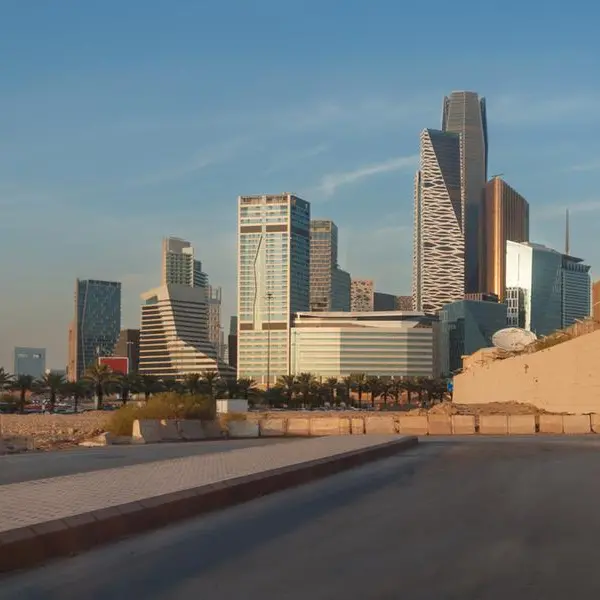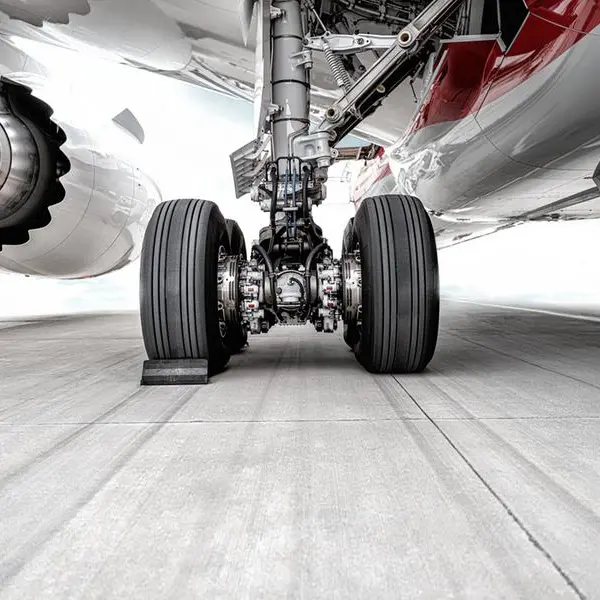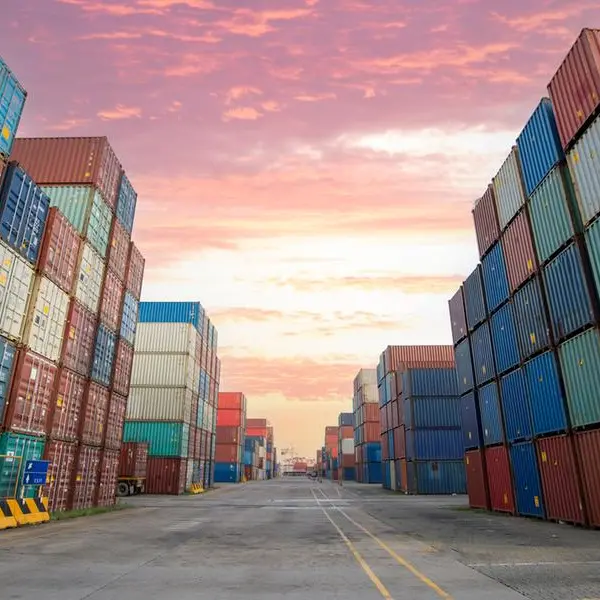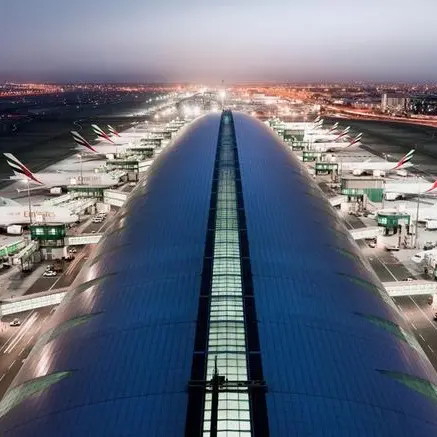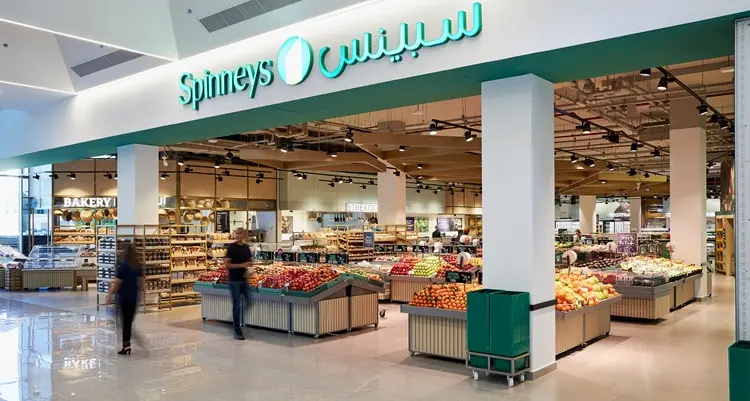PHOTO
LONDON- Global aluminium production fell by 0.5% in the first half of this year, according to the International Aluminium Institute (IAI).
That doesn’t sound very exciting but global output hasn’t registered a year-on-year decline since the Global Financial Crisis in 2009.
Lower Western output has been largely down to temporary outages at two key smelters, Albras in Brazil and Becancour in Canada. Both are in the process of restarting capacity, although another European smelter has just succumbed to the low-price environment.
More significant in terms of underlying market dynamics is the loss of growth momentum in China, which dominates global aluminium production.
Chinese output fell by 3.1% in June and by 0.4% over the first six months of the year, according to the IAI.
As in the rest of the world there is potential for restarts to kick in over the rest of the year but the bigger picture is one of China’s giant aluminium machine finally starting to flat-line.
This hasn’t stopped Chinese exports continuing to rise but that is a problem of demand rather than supply.
RESTARTS AND CLOSURES
Production in the world outside of China slid by 0.6% in the first half of this year.
That in large part reflects the cutbacks at Albras and Becancour.
Albras, with an annual capacity of 450,000 tonnes, has been operating at 50% of that rate since April last year due to a similar sized reduction in output at the Alunorte alumina refinery.
ADVERTISEMENT
Norway’s Hydro, which owns both plants, is now returning them to full capacity after a resolution of an environmental dispute with the Brazilian authorities. The ramp-up of the smelter is expected to be complete by the end of the third quarter.
At Becancour an 18-month lock-out of unionised workers has just ended. Production at the plant slumped from 438,000 tonnes in 2017 to 136,000 tonnes last year with Q2 2019 output running at an annualised rate of just 65,000 tonnes.
Alcoa, which operates the Canadian smelter, expects the return to full capacity to be achieved in the second quarter of 2020.
Set against these restarts are further price casualties.
The 130,000-tonne per year Mostar smelter in Bosnia closed its doors earlier this month. The government is hoping to reactivate the plant while it looks for fresh investors but this might be a big ask given long-running power supply issues.
The fate of two Spanish smelters, meanwhile, hangs in the balance. Alcoa said it has reached an agreement to sell its La Coruna and Aviles plants with combined capacity of 180,000 tonnes per year to Swiss private equity company Parter Capital Group.
However, if the deal is not completed by the end of this month, both plants will close, Alcoa has warned.
CHINA STOPS GROWING
Chinese aluminium run-rates remain something of a moving target with the IAI’s figures still deviating from the alternative data released monthly by the National Bureau of Statistics.
What’s not in doubt, however, is the trend.
Chinese aluminium output increased at a double-digit pace over the first part of this decade but growth slowed to just 1.6% last year and output has marginally contracted so far this year.
This is testament to Beijing’s campaign to halt runaway capacity growth in its sprawling aluminium smelter sector.
There are still new plants waiting to come online but the pipeline is dwindling as the government’s policy of only permitting new capacity if it replaces old capacity generates an ever more powerful braking effect.
Smelters continue to try and work their way around Beijing’s clamp-down but the loop-holes appear to be closing.
ADVERTISEMENT
Take the example of Hongqiao, China’s largest producer. It has received clearance to restart 542,000 tonnes of capacity closed in 2017 for not having gone through the correct permitting process.
But only in exchange for a commitment to close and dismantle an equivalent amount of obsolete capacity. Hongqiao may be able to tweak some extra production out of the change by using more modern potroom technology but in essence its capacity is locked.
The rest of the world has got so used to living with Chinese over-capacity and over-production that it will take some time for the reality to sink in that China’s days of super-strong production growth are drawing to a close.
That should be good news for aluminium pricing. Unfortunately, stalling Chinese and global production growth is currently being overshadowed by anaemic demand, not least in China.
CHINESE EXPORTS STILL STRONG
Exports of semi-fabricated aluminium products have long been the escape valve for domestic Chinese surplus.
These have shown no signs of slowdown with cumulative exports totalling 2.2 million tonnes in the first five months of this year, representing year-on-year growth of 10.5%.
Given that Chinese production of primary metal has been flat-lining this year, the inference is that Chinese consumption has been faring even worse.
A comparison with the steel sector is instructive. Chinese steel production is running at record rates but exports have been falling thanks to strong demand from both infrastructure and real estate sectors.
Aluminium, however, is particularly exposed to the transport sector, which has been one of the weakest for many months.
China’s new car sales fell last year for the first time since the 1990s and they continued falling in the first part of this year, only showing tentative signs of a recovery in May and June.
Hydro, which reported Q2 earnings on Tuesday, said that Chinese demand for primary aluminium is expected to increase by 1-3% this year, slower than last year’s 3.7% and significantly down on growth of 8.0% in 2017.
Hydro still assesses the global primary aluminium market as being in supply deficit, as does Alcoa, although the U.S. company has trimmed its shortfall number due to weaker-than-expected demand.
Chinese exports of semi-manufactured products are currently filling the metal shortfall further down the value-added chain.
But with the country’s own production growth now stalled, those export flows will become increasingly sensitive to any domestic demand pick-up.
We’re not there yet but after years of worrying about too much production in China, the rest of the world may have to start worrying about what happens when China’s production stops rising.
Editing by David Evans
© Reuters News 2019

